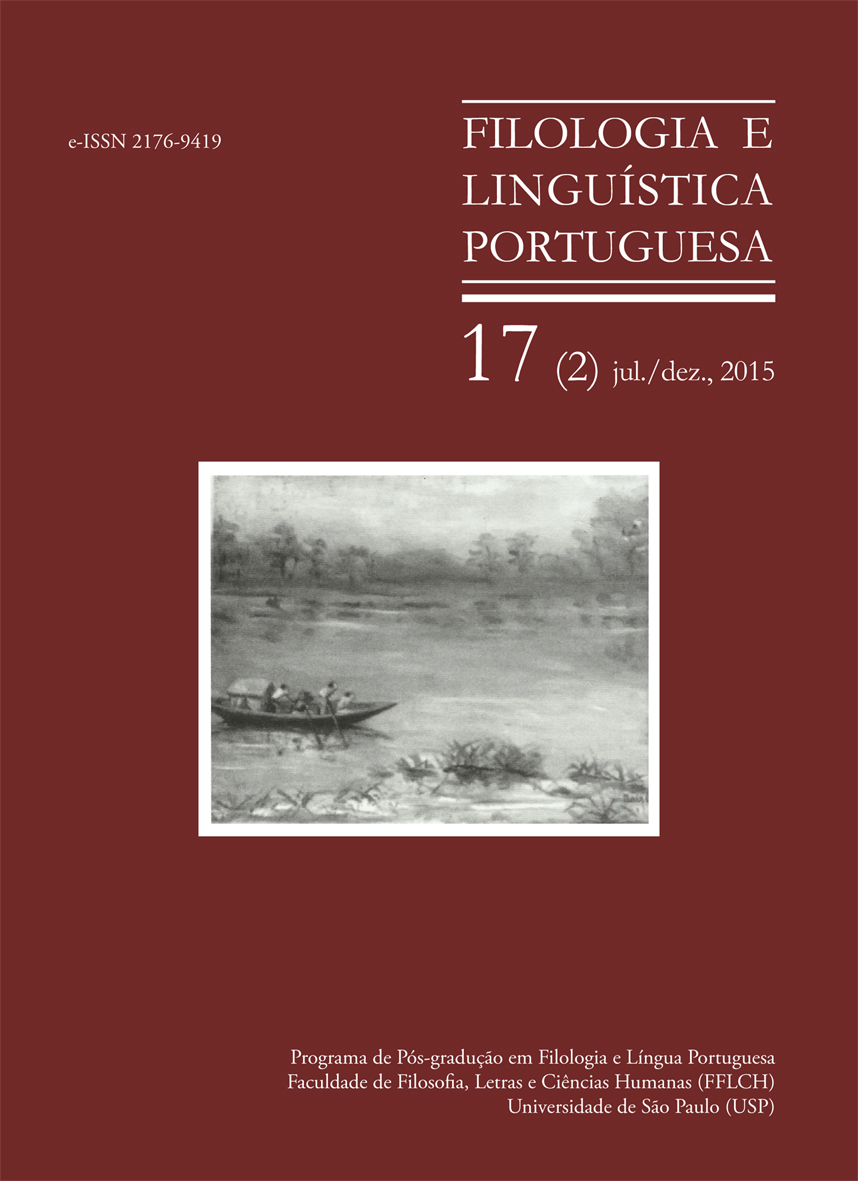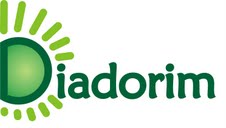The use of digressions in oral texts
DOI:
https://doi.org/10.11606/issn.2176-9419.v17i2p273-293Keywords:
Digressions. Discourse topic. Orality. PortVix.Abstract
Digression occurs in a momentary action of suspension of a topic,in which a new and of more interest one is introduced in that moment, followed by the reintroduction of the original topic. According Dascal and Katriel (1979), there are three types of digressions: 1) the one based on the enunciation; 2) the one based on the interaction; and on 3) inserted sequences. This paper aims to investigate the use of these three types of digressions in oral texts produced by Capixabas speakers, extracted from typically labovian interviews from the PortVix database. The objective of this research is to observe to what extent the interaction, by employing this strategy, is a kind of reorientation of its meaning. The qualitative analysis of the data showed that digression is a conversational strategy which is widely used by the speaker and, despite its suspensory and fluctuating character, it should be considered a coherent event, provided that it decisively intervenes in the establishment, and maintenance of textual and interactional organization of the communicative event.
Downloads
References
Andrade MLCVO. Relevância e contexto: o uso de digressões na língua falada. São Paulo: Humanitas; 2001.
Andrade MLCVO. O uso de digressões como estratégia discursiva na fala e na escrita. São Paulo: Humanitas, FFLCH/USP, FAPESP; 2002.
Brown G, Yule G. Discourse analysis. Cambriged: Cambriged University Press; 1983.
Dascal M, Katriel T. Digression: a study in conversational coherence. In: Petofi JS, editor. Text vs. sentence. Hamburg: Buske; 1979. vol. 29. p. 76-95.
Givón T. Topic continuity in discourse: the functional domain of switch-reference. In: Haiman J, Munro P., editors. Switch-reference and universal grammar. Amsterdam: John Benjamins; 1983.
Givón T. Syntax – a functional-typological introduction. Vol. II. Amsterdam: John Ben- jamins; 1990.
Gorski EM. O tópico semântico-discursivo na narrativa oral e escrita [tese]. Rio de Janeiro: Universidade Federal do Rio de Janeiro, Faculdade de Letras; 1994.
Jubran CC, et al. Organização tópica da conversação. In: Ilari R. Gramática do português falado. Vol. II: Níveis de análise lingüística. Campinas, São Paulo: Editora da Unicamp; 2002.
Koch IGV. A propósito: existem mesmo digressões? Cadernos de Estudos Lingüísticos. 1990.
Koch IGV. A inter-ação pela linguagem. São Paulo: Contexto; 1992. Koch IGV. O texto e a construção dos sentidos. São Paulo: Contexto; 2003.
Lins MPP. Organização tópica do discurso de tiras de quadrinhos [tese]. Rio de Janeiro: Universidade Federal do Rio de Janeiro, Faculdade de Letras; 2003.
Marcuschi LA. Análise da conversação. São Paulo: Ática; 1986.
Mazieira E, Tesch LM. Verificação dos hábitos de fala de uma comunidade lingüística. In: Lins MP; Yacovenco L, organizadores. Caminhos em lingüística. Vitória: Nuples; 2002. p. 141-148.
Mentis M. Topic management in the discourse of one normal and on injured adult [tese]. Santa Barbara: University of California; 1988.
Paredes Silva VL. Ao correr da pena: aspectos da organização tópica em cartas pessoais. In: Heye J, organizador. Flores Verbais. Rio de Janeiro: Editora 34; 1995.
Yacovenco LC et al. Projeto PortVix: a fala de Vitória/ES em cena. Revista Alfa. 2012;56(3):771-806.
Downloads
Published
Issue
Section
License
Copyright is transferred to the journal for the online publication, with free access, and for the printing in paper documents. Copyright may be preserved for authors who wish to republish their work in collections.



















